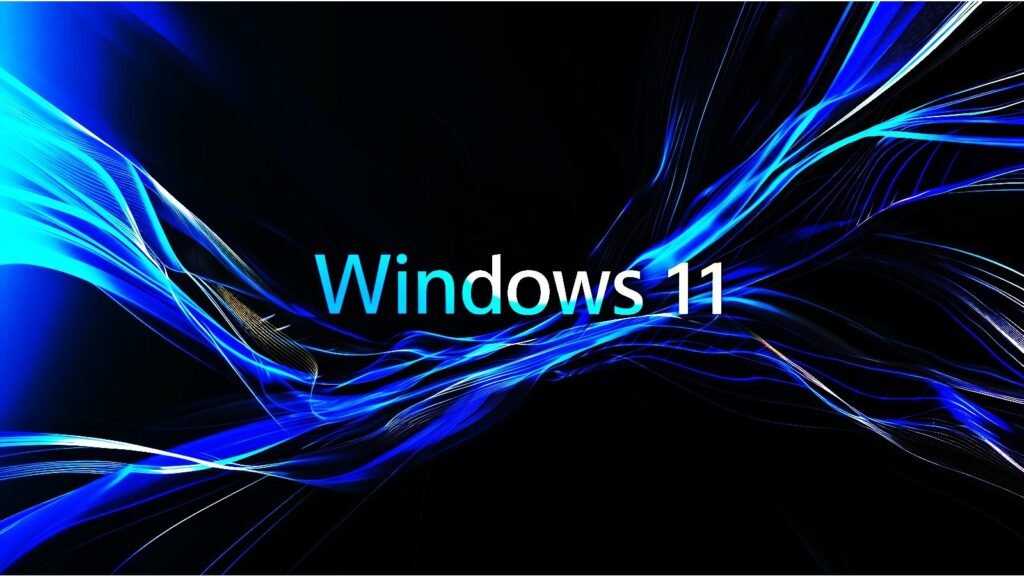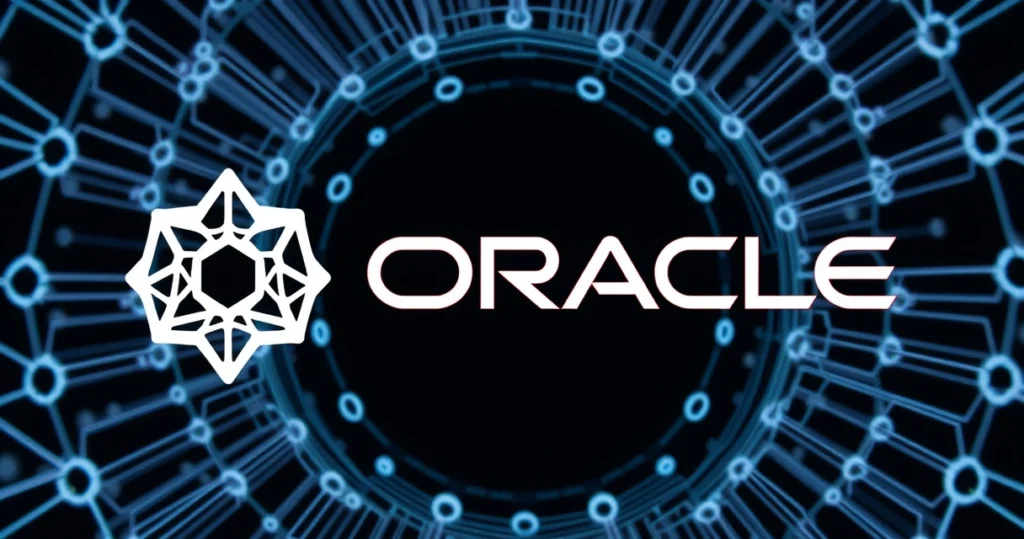As technology continues to evolve, operating systems are becoming increasingly sophisticated in their ability to handle problems autonomously. One of the most notable advancements in this space is the introduction of the self-healing feature in Windows 11, known as Quick Machine Recovery (Recuperação Rápida de Máquina). This innovative functionality is designed to address startup issues that can prevent users from booting into their system effectively. In this article, we’ll explore how this self-healing feature works, its benefits, and what it means for Windows 11 users facing startup problems.

The self-healing feature is a game-changer for Windows 11, as it allows the system to automatically diagnose and rectify issues that might impede the boot-up process. Traditionally, users would have to rely on external recovery tools or technical support to resolve such problems, often resulting in significant downtime. With Windows 11’s self-healing capabilities, users can expect a more streamlined recovery experience, enhancing productivity and reducing frustration associated with startup failures.
Understanding the Self-Healing Feature in Windows 11
The self-healing feature in Windows 11 primarily focuses on addressing startup issues that can arise due to various factors, including software conflicts, corrupted files, or hardware malfunctions. This functionality leverages advanced algorithms and machine learning techniques to identify the root causes of startup problems and implement corrective measures without user intervention.
How Does Quick Machine Recovery Work?
The Quick Machine Recovery feature operates through a series of automated processes aimed at diagnosing and fixing startup issues. Here’s a closer look at how it works:
- Automatic Diagnosis: Upon detecting a startup failure, Windows 11 initiates an automatic diagnosis of the system. This process involves analyzing logs and identifying any errors that may have occurred during the boot-up sequence.
- System Correction: Once the diagnosis is complete, the system employs predefined scripts and recovery tools to correct the identified issues. This may include repairing corrupted files, rolling back recent updates, or reconfiguring system settings.
- User Notifications: Throughout the recovery process, Windows 11 keeps users informed of the actions being taken, ensuring transparency and allowing them to understand the steps involved in the recovery.
Key Benefits of the Self-Healing Feature
The introduction of the self-healing feature in Windows 11 brings several advantages for users dealing with startup issues. Here are some key benefits:
- Reduced Downtime: With the ability to address startup problems automatically, users can experience less downtime and get back to their work or entertainment more quickly.
- User-Friendly Experience: The self-healing process is designed to be user-friendly, requiring minimal input from users. This reduces the need for technical knowledge and makes recovery accessible to a broader audience.
- Increased Reliability: By proactively addressing potential issues, Windows 11 enhances the overall reliability of the operating system, instilling greater confidence in users.
- Cost Efficiency: Reducing the need for professional technical support can lead to significant cost savings for individuals and businesses alike.
Common Startup Issues Resolved by Self-Healing
Windows 11’s self-healing feature is equipped to handle a variety of common startup issues. Understanding these problems can help users appreciate the value of this new functionality:
1. Corrupted System Files
Corrupted system files are one of the most frequent causes of startup failures. The self-healing feature can identify these corrupted files and replace them with healthy versions, allowing the system to boot successfully.
2. Recent Updates Causing Conflicts
Sometimes, recent updates can cause conflicts within the system, leading to startup issues. Windows 11 can automatically roll back these updates if they are found to be problematic, restoring system stability.
3. Driver Problems
Outdated or incompatible drivers can prevent Windows from starting up. The self-healing feature can identify driver-related issues and either update or revert them to previous versions to ensure compatibility.
4. Malware Infections
Malware can interfere with the boot process, leading to startup failures. The self-healing feature can initiate scans and remove any detected threats, allowing for a safer boot experience.
How to Access the Self-Healing Feature
For users eager to take advantage of the self-healing feature in Windows 11, accessing it is straightforward:
- Automatic Activation: The self-healing feature is automatically activated during the boot process when a startup issue is detected. Users do not need to enable it manually.
- Accessing Recovery Options: If the automatic recovery fails, users can access recovery options through the Windows Recovery Environment (WinRE) by pressing F11 during startup.
- Follow On-Screen Instructions: Once in the recovery environment, users will be guided through the recovery process with clear on-screen instructions.
FAQ Section
1. What types of startup issues can Windows 11’s self-healing feature fix?
The self-healing feature can address a range of startup issues, including corrupted system files, driver conflicts, problematic updates, and malware infections.
2. Do I need to manually enable the self-healing feature?
No, the self-healing feature is automatically activated during startup when an issue is detected, requiring no manual intervention from the user.
3. Can I access recovery options if the automatic recovery fails?
Yes, if the automatic recovery process fails, you can access recovery options by pressing F11 during startup to enter the Windows Recovery Environment (WinRE).
4. Will the self-healing feature erase my data?
No, the self-healing feature is designed to fix startup issues without erasing your data. However, it is always advisable to have backups of important data.
5. How can I ensure my Windows 11 system is up-to-date and ready for self-healing?
To ensure your system is ready for self-healing, regularly check for and install Windows updates, and maintain your drivers to keep them updated and compatible.
Conclusion
Windows 11’s introduction of the self-healing feature represents a significant leap forward in operating system technology, providing users with a robust tool for managing startup issues. With its ability to automatically diagnose and correct problems, Quick Machine Recovery not only enhances user experience but also promotes system reliability and efficiency. As more users transition to Windows 11, the benefits of this self-healing feature will undoubtedly be a game-changer in how we approach system recovery. By understanding and utilizing this feature, users can ensure a smoother, more responsive computing experience, minimizing the frustration that often accompanies startup failures.
📰 Original Source
Este artigo foi baseado em informações de: https://tecnoblog.net/noticias/windows-11-ganha-funcao-que-faz-sistema-corrigir-falhas-sozinho/



